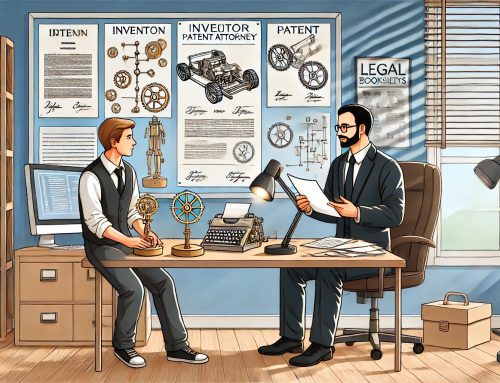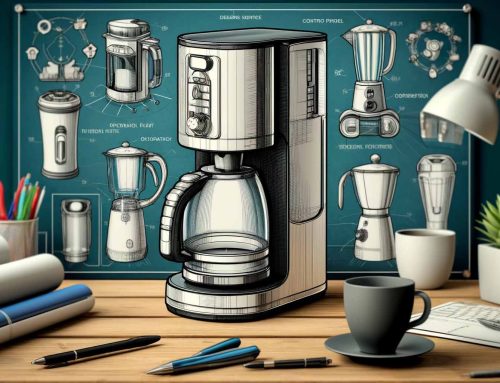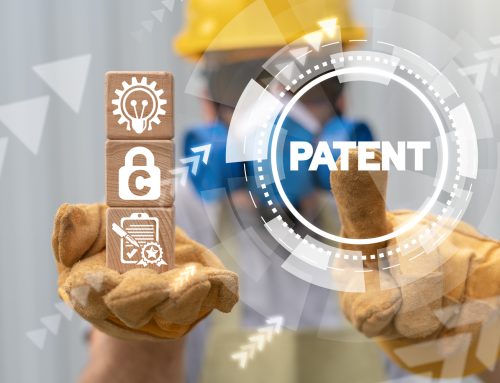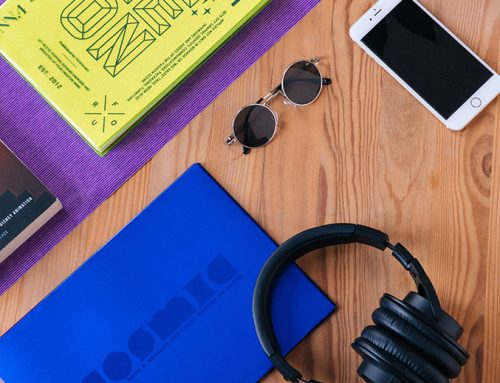U.S. Patent 9,949,642
The patent drafted by a patent attorney appears to be related to a detection and monitoring system particularly for diabetics and related glucose levels. This patent appears to check whether a diabetic’s glucose levels are within a clinically safe range. This will in turn provide information to a diabetic for determining when to raise or reduce glucose levels. The patent holder sought an “improved” analyte monitoring system, device, and method. The patent on its face appears to be owned by Abbot that has a number of Diabette products, including the freestyle libre, navigator, optium/precision neo, lite, freedome lite, and insulinx to name a few.
Abbott strongly defends its intellectual property having won an appeal back in 2011 years ago for 1.67 Billion dollars. A patent infringement attorney can review the patent to determine the strength of a given case.
On April 24, 2018, Week 17, Number 1449-4, the United States Patent and Trademark Office published issued U.S. Patent Number 9,949,642. The patent describes
a relay device is used to provide a communication link between a medical device, such as an analyte sensor control device, and a reader device, such as a mobile communication device or smartphone. The medical device can be placed in a continuous mode in which the medical device communicates with the relay device at a predetermined periodic time interval, or in an on-demand mode in which the medical device communicates with the relay device upon actuation by the user. In some embodiments, the relay device communicates with the medical device using a near field communication (NFC) communication protocol, and with the reader device using a Bluetooth protocol. In certain embodiments, the timing of the communication between the medical device and the relay device is synchronized to occur during idle time within the medical device.
Figure 1 describes
vivo analyte monitoring system 100 with which all of the embodiments described herein can be used. System 100 can have a sensor control device 102 and a reader device 120 that communicate with each other over a local communication path (or link) 140, which can be wired or wireless, and unidirectional or bidirectional. In embodiments where path 140 is wireless, any near field communication (NFC) protocol, RFID protocol, Bluetooth or Bluetooth Low Energy protocol, Wi-Fi protocol, proprietary protocol, or the like can be used, including those communication protocols in existence as of the date of this filing or their later developed variants.
Claim 1 provides:
An in vivo analyte monitoring system, comprising:
(a) a sensor control device comprising:
an analyte sensor adapted to sense an analyte level in a human body; and
wireless communication circuitry adapted to wirelessly transmit data indicative of the sensed analyte level according to a near field communication (NFC) protocol;
(b) a relay device comprising:
first wireless communication circuitry adapted to receive the data indicative of the sensed analyte level directly from the sensor control device according to the NFC protocol, wherein the first wireless communication circuitry is configured to transmit a request for analyte data to the sensor control device;
second wireless communication circuitry adapted to wirelessly transmit the data indicative of the sensed analyte level according to a Bluetooth or Bluetooth Low Energy protocol;
processing circuitry; and
a memory on which one or more instructions are stored that, when executed by the processing circuitry, cause the processing circuitry to cause the first wireless communication circuitry to transmit the request for analyte data to the sensor control device during an idle time of the sensor control device; and
(c) a handheld reader device comprising:
wireless communication circuitry adapted to receive the data indicative of the sensed analyte level directly from the relay device according to the Bluetooth protocol;
processing circuitry; and
a memory on which one or more instructions are stored that, when executed by the processing circuitry, cause the processing circuitry to convert the data indicative of the sensed analyte level into a user readable form.
If you have a great idea, contact a patent attorney to learn how to protect your idea.








